Birdwatching in Argentina [#2]: Punta Tombo Reserve, The Iguazú and The Impenetrable National Parks.
Posted by Hugo Rep
Posted on July 21, 2020
with 2 comments
Before choosing your binocular model of any brand, the following should be kept in mind: All binoculars have two numbers printed on their body, for example "8 x 40", the first number indicates the increases and the second the diameter.
When we talk about magnification, we are referring to the number of times the observed object will bring us closer.
Birdwatching in Argentina [#2]: Punta Tombo Reserve, The Iguazú and The Impenetrable National Parks.
To know the range, we will have to divide the distance at which the bird is, for example 30 meters by this first number, in this case the count will be 30/8 which gives us 3.75, that is, we will see the bird as if was less than four meters away.
As a general rule of thumb for bird watching it is suggested that the magnification is not less than 7 and not more than 10. With greater magnifications the visual field decreases and the image begins to move requiring the support of a tripod. Zoom binoculars are not recommended. Neither are those with night visibility.
The second number in this case "40" refers to the diameter of the lenses and this has to do with light collection, the more diameter the better light collection and this will allow us to observe better details.
For shady places like jungles or forests this is very important. As the diameter of the lens decreases, the luminosity decreases and the angle of vision or visual field narrows. It should be added here that binoculars with 50mm lenses are usually quite heavy although the more expensive brands currently use lighter and stronger materials. It will be necessary to evaluate then the average between distance and luminosity, this is called "exit pupil", this is done by dividing the diameter by the increases.
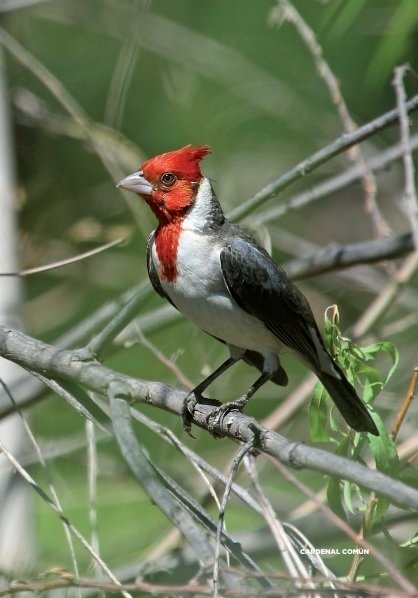.jpg)
Before choosing your binocular model of any brand, the following should be kept in mind: All binoculars have two numbers printed on their body, for example "8 x 40", the first number indicates the increases and the second the diameter. When we talk about magnification, we are referring to the number of times the observed object will bring us closer. To know the range, we will have to divide the distance at which the bird is, for example 30 meters by this first number, in this case the count will be 30/8 which gives us 3.75, that is, we will see the bird as if was less than four meters away.
As a general rule of thumb for bird watching it is suggested that the magnification is not less than 7 and not more than 10. With greater magnifications the visual field decreases and the image begins to move requiring the support of a tripod. Zoom binoculars are not recommended. Neither are those with night visibility. The second number in this case "40" refers to the diameter of the lenses and this has to do with light collection, the more diameter the better light collection and this will allow us to observe better details.
For shady places like jungles or forests this is very important. As the diameter of the lens decreases, the luminosity decreases and the angle of vision or visual field narrows. It should be added here that binoculars with 50mm lenses are usually quite heavy although the more expensive brands currently use lighter and stronger materials. It will be necessary to evaluate then the average between distance and luminosity, this is called "exit pupil", this is done by dividing the diameter by the increases.
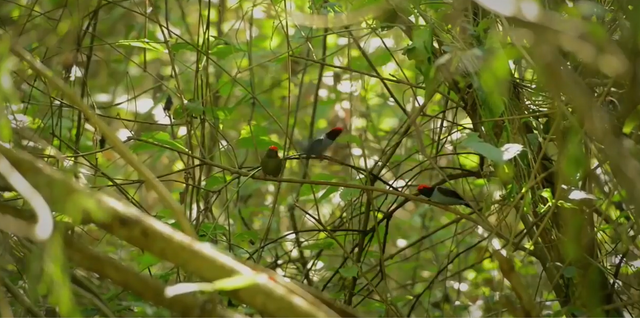
Before choosing your binocular model of any brand, the following should be kept in mind: All binoculars have two numbers printed on their body, for example "8 x 40", the first number indicates the increases and the second the diameter.
When we talk about magnification, we are referring to the number of times the observed object will bring us closer. To know the range, we will have to divide the distance at which the bird is, for example 30 meters by this first number, in this case the count will be 30/8 which gives us 3.75, that is, we will see the bird as if was less than four meters away.
As a general rule of thumb for bird watching it is suggested that the magnification is not less than 7 and not more than 10. With greater magnifications the visual field decreases and the image begins to move requiring the support of a tripod. Zoom binoculars are not recommended. Neither are those with night visibility.
Before choosing your binocular model of any brand, the following should be kept in mind: All binoculars have two numbers printed on their body, for example "8 x 40", the first number indicates the increases and the second the diameter. When we talk about magnification, we are referring to the number of times the observed object will bring us closer.
To know the range, we will have to divide the distance at which the bird is, for example 30 meters by this first number, in this case the count will be 30/8 which gives us 3.75, that is, we will see the bird as if was less than four meters away.
As a general rule of thumb for bird watching it is suggested that the magnification is not less than 7 and not more than 10. With greater magnifications the visual field decreases and the image begins to move requiring the support of a tripod. Zoom binoculars are not recommended. Neither are those with night visibility.
The second number in this case "40" refers to the diameter of the lenses and this has to do with light collection, the more diameter the better light collection and this will allow us to observe better details. For shady places like jungles or forests this is very important.
As the diameter of the lens decreases, the luminosity decreases and the angle of vision or visual field narrows. It should be added here that binoculars with 50mm lenses are usually quite heavy although the more expensive brands currently use lighter and stronger materials. It will be necessary to evaluate then the average between distance and luminosity, this is called "exit pupil", this is done by dividing the diameter by the increases.
The second number in this case "40" refers to the diameter of the lenses and this has to do with light collection, the more diameter the better light collection and this will allow us to observe better details. For shady places like jungles or forests this is very important. As the diameter of the lens decreases, the luminosity decreases and the angle of vision or visual field narrows.
It should be added here that binoculars with 50mm lenses are usually quite heavy although the more expensive brands currently use lighter and stronger materials. It will be necessary to evaluate then the average between distance and luminosity, this is called "exit pupil", this is done by dividing the diameter by the increases.
Million penguins live on the Patagonian coast, in the Punta Tombo reserve.
About a million penguins live on the Patagonian coast, in the Punta Tombo reserve, 180 kilometers from Puerto Madryn.
A beautiful and thrilling show. See thousands and thousands of penguins walking among people looking for their nests or their young on the infinite marine beach of Punta Tombo.
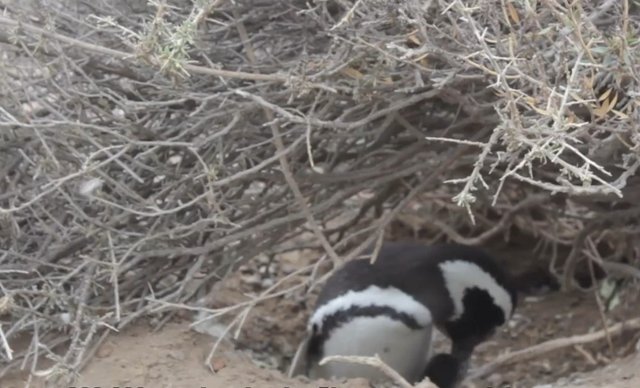

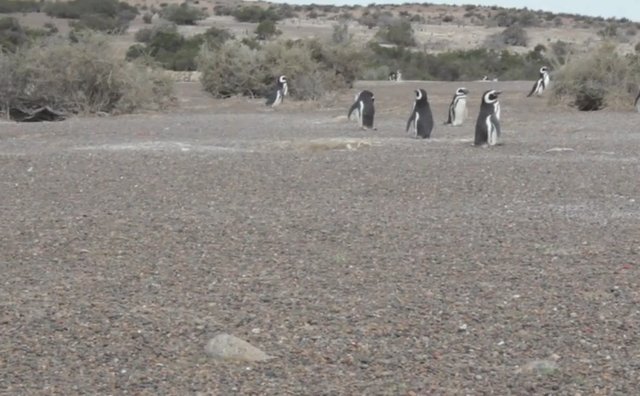
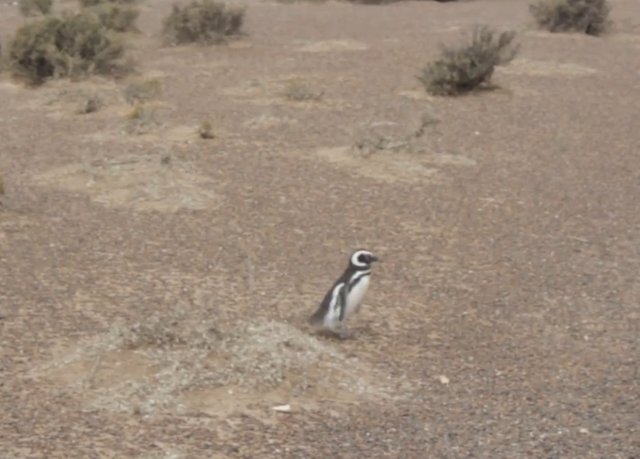
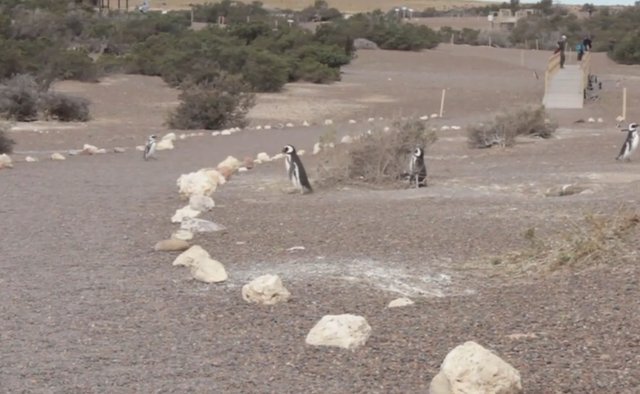

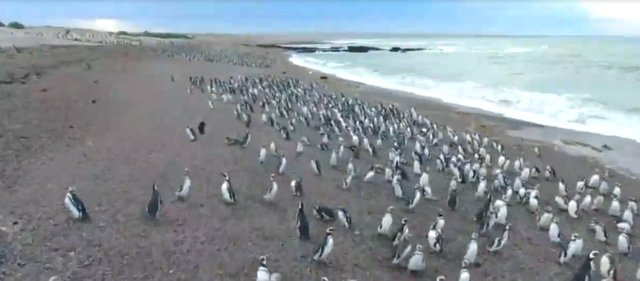
The Iguazú National Park.
The Iguazú national park (in Spanish Parque Nacional Iguazú, in Portuguese Parque Nacional do Iguaçu) is a national park located on the border between Argentina and Brazil and the border is established by the homonymous river.
The Argentine part of the park is located in the north of the province of Misiones, while the Brazilian part of the park is located in the south-western part of the state of Paraná. It covers an area of approximately 2,250 km², of which 550 in Argentina and 1,700 in Brazil, although 80 percent of the falls are located in Argentina.
The park was created in 1939 and includes one of the most famous naturalistic landscapes in all of South America, the Iguazu falls, immersed in the tropical forest. Both the Argentine and Brazilian parts of the park were included in the UNESCO World Heritage List, the first in 1984 and the second in 1986.
Among the bird species that can be seen the most within the park is the famous large toucan (5 types of toucans inhabit), magpies, terres, parrots and swifts, the latter species that we mentioned fly through the water columns from the waterfalls and can be easily seen from the balcony of the devil's throat. The swift is the bird that symbolizes the Iguazú National Park.
The North of the Province of Misiones is a paradise for bird lovers. This is due to its warm climate throughout the year, its exuberant flora and its many Reserves dedicated to Environmental Conservation.
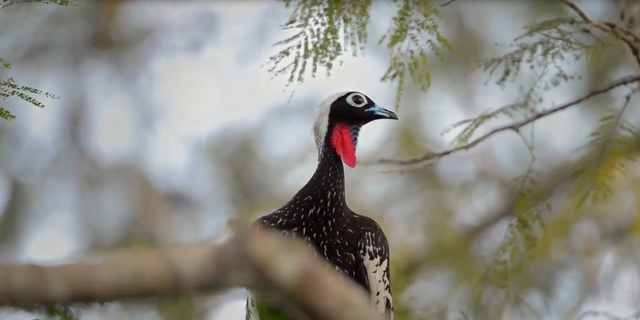
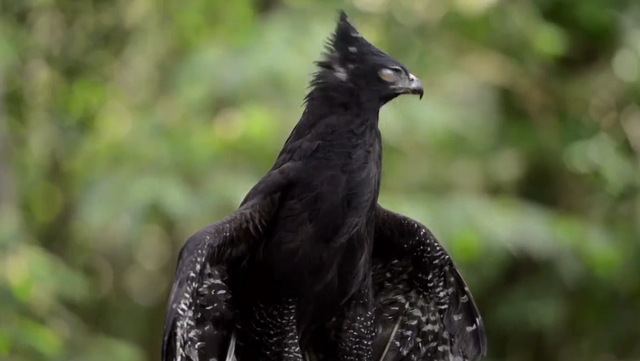
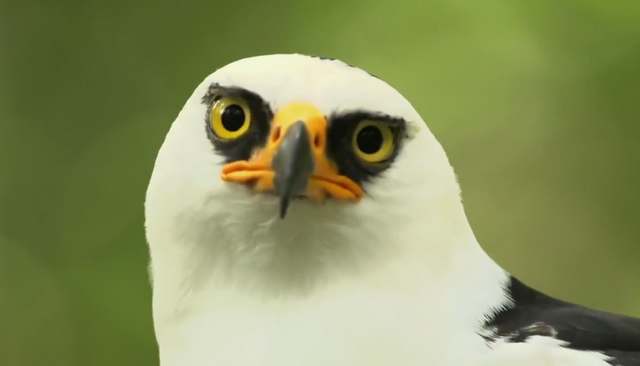
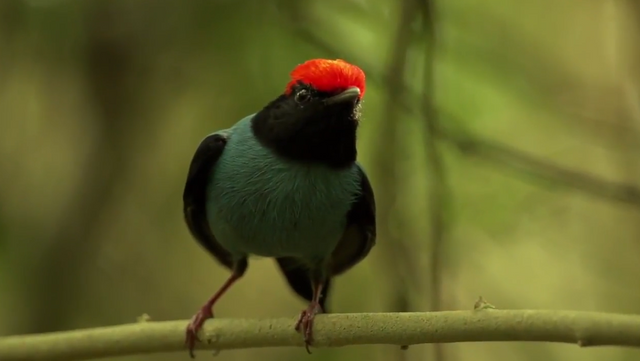
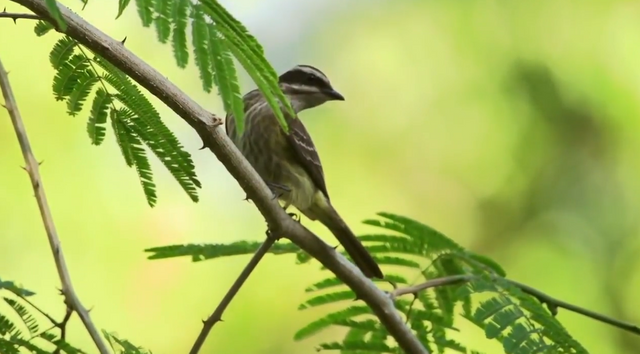
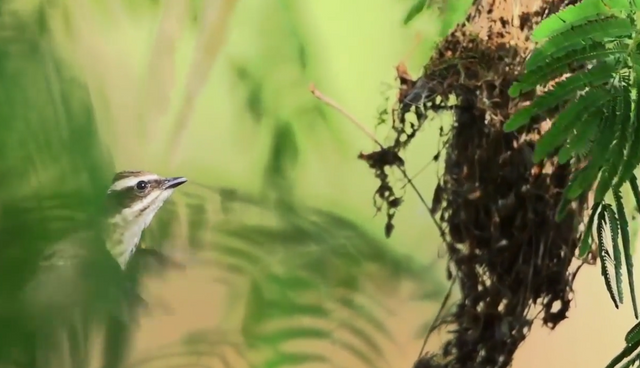

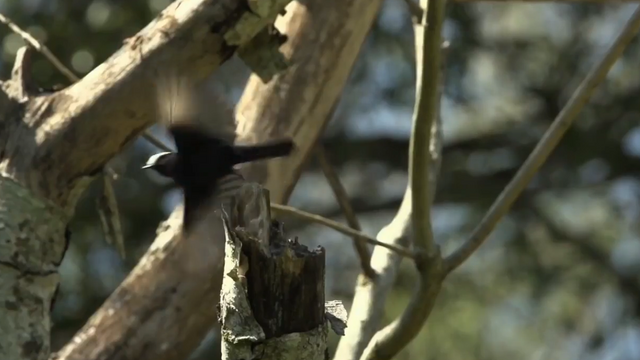
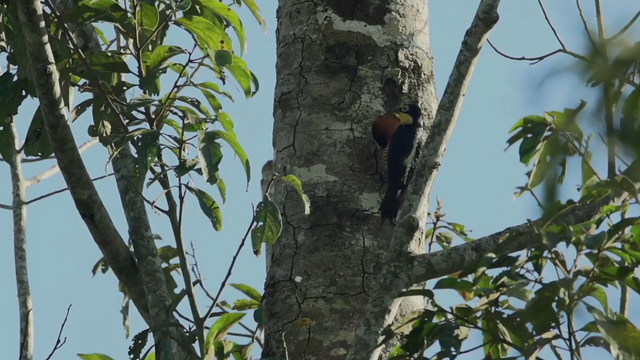
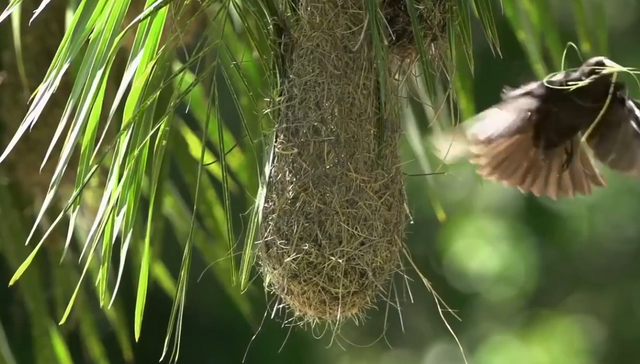
The Impenetrable is a must-see for lovers of hiking and nature.
It is one of the little explored places in the country, but it is worth knowing. The new park, of 128 thousand hectares, now represents the largest reserve in northern Argentina.
It is very difficult to find a degree of biodiversity as pure as that seen in El Impenetrable National Park.
The national park is part of what Estancia La Fidelidad used to be and extends between the provinces of Chaco and Formosa, covering an area of 250,000 hectares, divided by the Bermejo river.
The origin of its name lies in the difficulty of entering the area. Nature is diverse.
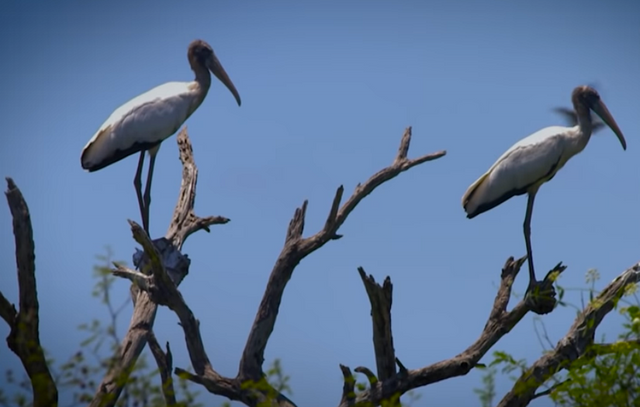
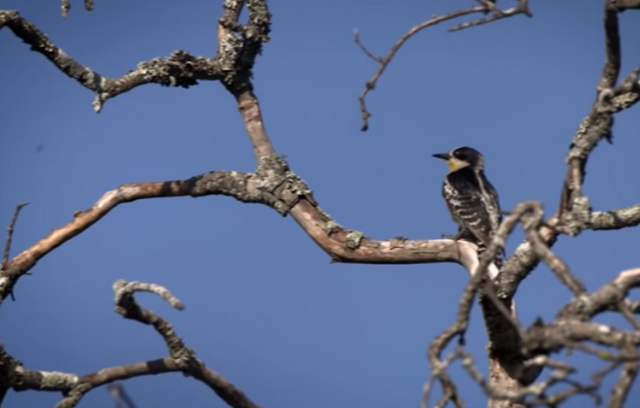
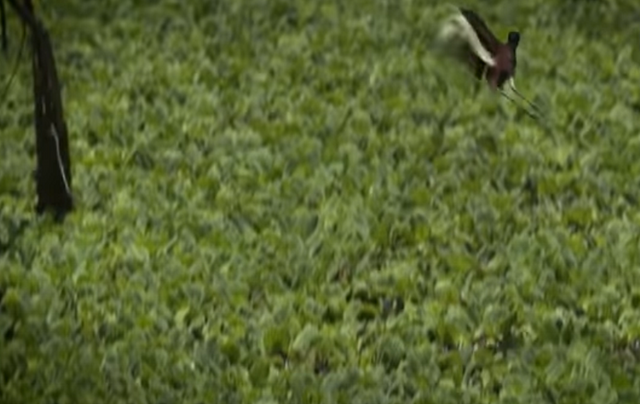

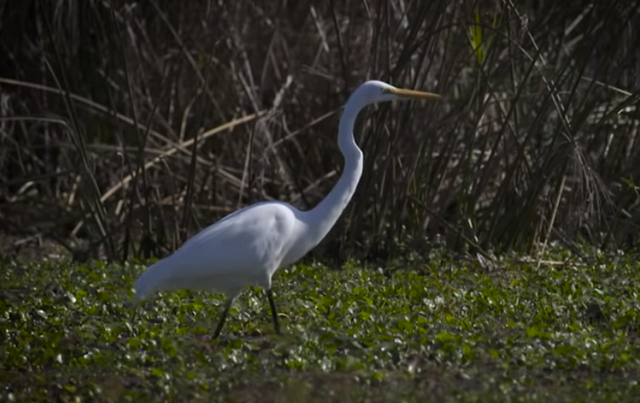
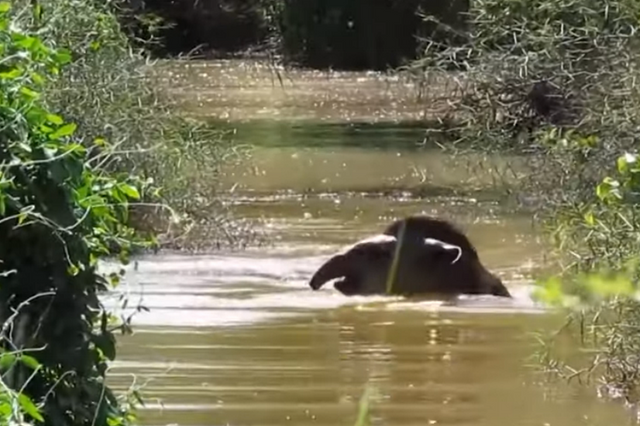
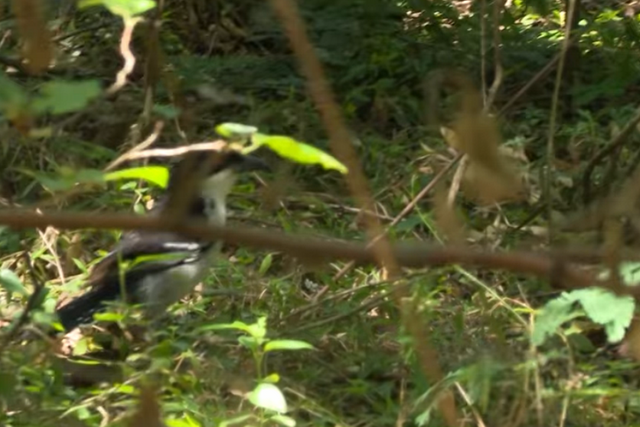
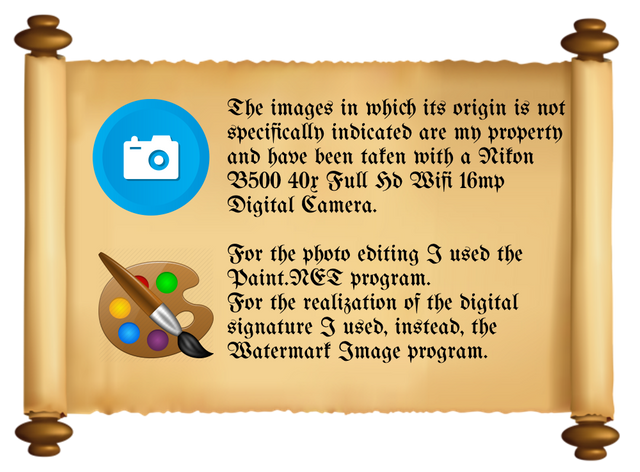
Source: Argentina Discovery.
I hope you enjoyed this book. If you have any questions, or want to supplement this post, please write in the comments area. You can also visit Facebook, Twitter, Linkedin, Instagram, Pinterest and Feedly where you'll find further information in this blog. SHARE THIS!
Etichette:
Animals,
Biodiversity,
Birds,
Birdwatching,
Chaco,
Fauna,
Misiones,
National Parks,
Nature Reserve,
Rio Negro


.jpeg)










Punta Tombo not only has the largest penguin colony in the world. The Nature Reserve has an incredible amount of birds.
ReplyDeleteThe Iguazú National Park and El Impenetrable are directly wonderful.
Chaco is a paradise for bird watching lovers.
The province presents excellent natural conditions for the practice of sighting, which has more and more followers in the world.
Excellent article and better photos.
All of Argentina's national parks are a beautiful experience for bird watching. But especially in wooded areas like the Impenetrable and Iguazu with the falls as a natural environment it is truly spectacular.
DeleteThank you for commenting and enriching with your comment the content of this blog @Fausto Baccino.
Regards.